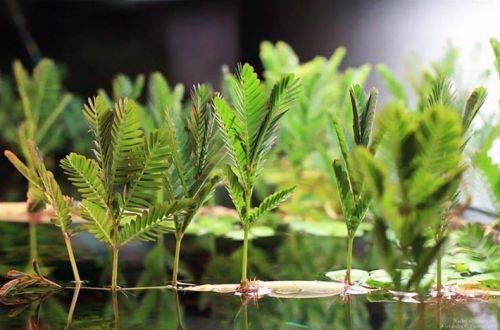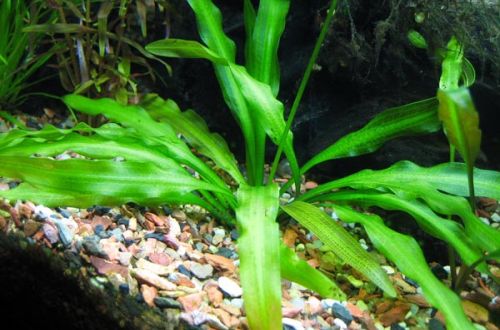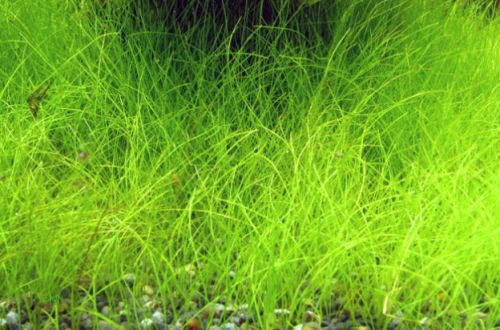
water mimosa
False mimosa, scientific name Aeschynomene fluitans, is a relative of peas, beans. It got its name due to the similarity of the leaves with the leaves of Mimosa. Originally from Africa, where it grows in swamps and wetlands of rivers. Since 1994 it has been brought to North America, a little later to Europe. The plant began its journey into the aquarium business from the Munich Botanical Garden.

The plant floats on the surface of the water or spreads along the banks. It has a thick tree-like stem, on which bunches of pinnate leaves are formed (like in legumes) and the main root system is already formed from them. There are also threadlike thin roots on the stem. Intertwining, the stems form a strong network, which, coupled with thick but short roots, creates a kind of plant carpet.
Used in large aquariums with a large surface area. This is a floating plant, so it should not be completely submerged in water. Demanding on light, otherwise quite unpretentious, able to adapt to significant temperature ranges and hydrochemical conditions. Do not place in aquariums with labyrinth fish and other species that swallow air from the surface, as Aquatic mimosa can grow quickly and make it very difficult for fish to access atmospheric air.





